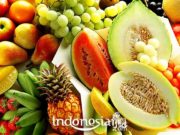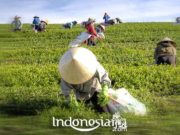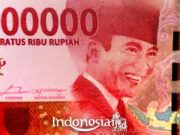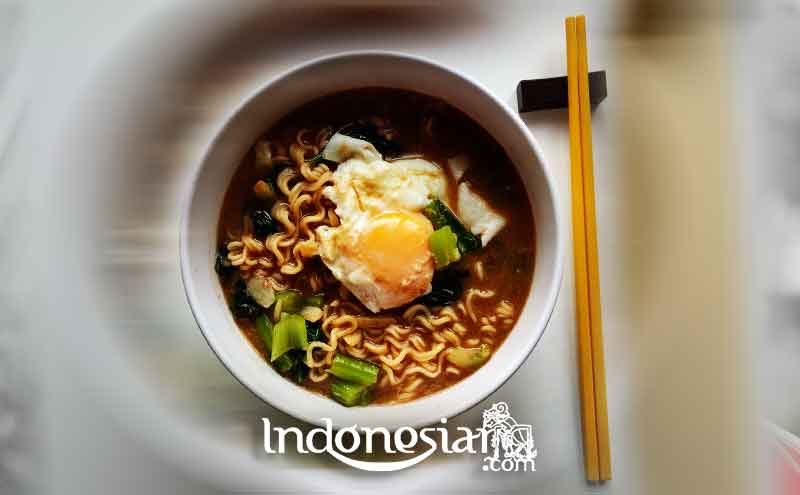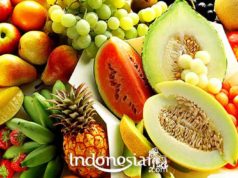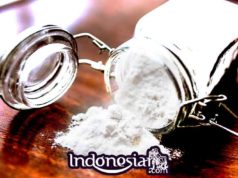Tapai or tape is a snack that is produced from the fermentation process of carbohydrate foods as a substrate by yeast. In Indonesia and its neighbors, this substrate is usually cassava tubers and glutinous rice. Yeast for tapai fermentation is a mixture of several microorganisms, especially fungi (molds and fungi), such as Saccharomyces cerevisiae, Rhizopus oryzae, Endomycopsis burtonii, Mucor sp., Candida utilis, Saccharomycopsis fibuligera, and Pediococcus sp., but not covered by the possibility of species others are also involved. Tapai results of fermentation with yeast dominated by S. cerevisiae generally in the form of semi-liquid, soft, sweet taste acidity, contain alcohol, and has a sticky texture. Tapai production is usually carried out by small and medium industries.
various types of tapai
Tapai Cassava, which is a tape made from cassava. This type of tapai is usually made for sale, mostly in the form of a home industry. Popular cassava tapai comes from the Bandung area (widely sold on Jalan Raya Padalarang in the Cipatat region), and if in East Java, from the Bondowoso area.
Tapai sticky rice or tapai pulut, which is made of sticky rice (pulut rice), both from white sticky rice and black sticky rice. In many areas of Java, tapai is usually made by themselves in homes, especially as a supply of food during Lebaran. However, this tapai was also often sold by peddlers in West Java (tapai black sticky rice, in combination with uli as uli tape); or in small packages, white rice sticks wrapped in leaves (guava water, or hibiscus) at the local markets in Kuningan and Pangandaran. Tapai sticky rice from Kuningan has even been modernly packed with cardboard.So Have You Ever Tried Eating Tapai? This authentic Indonesian food is delicious. Happy holidays in Indonesia!
Source : wikipedia




